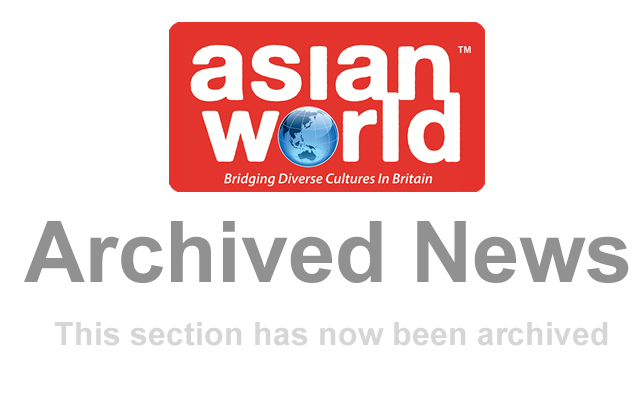SALMAN RAFI SHEIKH
Amid political uncertainty, the threat of the Taliban assuming power, and the critical question of withdrawal of the US and coalition forces, the issue of economic revival and development of Afghanistan not only remains least reported, but also least heeded at both national and international level. Standard of life remains among the lowest in the world, and provision of the basic facilities of life does not seem to be a priority for the government or of international donors. Thousands of people are still compelled to live as IDPs, and a lot more continue to flee their homes because of the uncertain security situation.
As a central element of the COIN, socio-economic development of Afghanistan was supposed to be the cardinal aspect of defeating the Taliban and securing for the common people a safe and secure future. However, the rhetoric is yet to be translated into a reality. For instance, Aliceghan—a UN and Australian government sponsored programme for rehabilitation of refuges and internally displaced persons (IDP) — was supposed to be a haven for war-torn Afghanistan’s returning refugees, and a symbol of resurgence of political stability after the ‘dark’ years of the Taliban. However, after six years of its establishment, this project has started to give more glimpses of a ‘ghost town’ than of a ‘new model’ for the returnee and refugee reintegration schemes. The town built to the North of Kabul is now a mere picture of abandoned houses and empty streets as most of its residents have been driven out by the lack of running water, electricity and high commuting costs to Kabul. Many of those people who were supposed to stay there have already left the town, and have returned to the slums and shelters in the capital city they once fled.
A similar sort of fate has been experienced by some other mega projects of the US which were a crucial part of the multi-dimensional COIN strategy. For instance, the spoiled state of projects like the much pronounced Kajaki Dam in Helmand province and Tarakhil power plant built outside of Kabul is a perfect example of the “magical thinking” the US has been following to clear Afghanistan of the Taliban. The actual state of Afghanistan’s infrastructural development was clearly highlighted in another report of the Special Inspector General of Afghanistan Reconstruction (SIGAR), which mentions considerable delays and mismanagement in the ongoing projects.
One of the major reasons for this absence of the very basic facilities and lethargic pace of progress, apart from the US’ own dubious policies, is corruption which has been eating into the very vitals of the plan of ‘development’ by the US. A report from the UN Office on Drugs and Crime in Afghanistan titled ‘Corruption in Afghanistan: Recent Patterns and Trends’ from December 2012, presents the factual position by highlighting that corruption is seen by the Afghans themselves as one of the most urgent challenges facing their country. It found that the delivery of public services remains severely affected by bribery in Afghanistan, and that in 2012, half of the Afghan citizens paid a bribe while requesting a public service. The total cost of bribes paid to public officials amounted to US$ 3.9 billion which also amounted to an increase of 40 percent between 2009 and 2012.
The overwhelming reason for this haphazard and downgraded situation of Afghanistan for the US is the US’ own lack of clarity on what is to be done. Their plan of “transition” in Afghanistan lacks the crucial requirement of planning i.e. a clear definition of the mission. The US’ vague definition of transition too does not provide any specific goals for the above mentioned and other such projects which are supposedly promoting development, democracy, and human rights.
This “open-ended” strategy is a clear manifestation of the US’ policy of paving the way for such a political transition arrangement in Afghanistan which may assure the attainment of its residual objectives i.e., retention of military bases and safe withdrawal of forces irrespective of the form and manner in which new government is formed in 2014. The reason for this major change in the US’ strategy can be easily understood by taking into account the geo-strategic imperatives which, in some way, did also trigger this war in the first place.
The world surely needs to look beyond these so-called geo-strategic imperatives. Only by doing so can the human imperative be heeded and properly addressed; for, without doing so, this world will never usher in a new era.





















